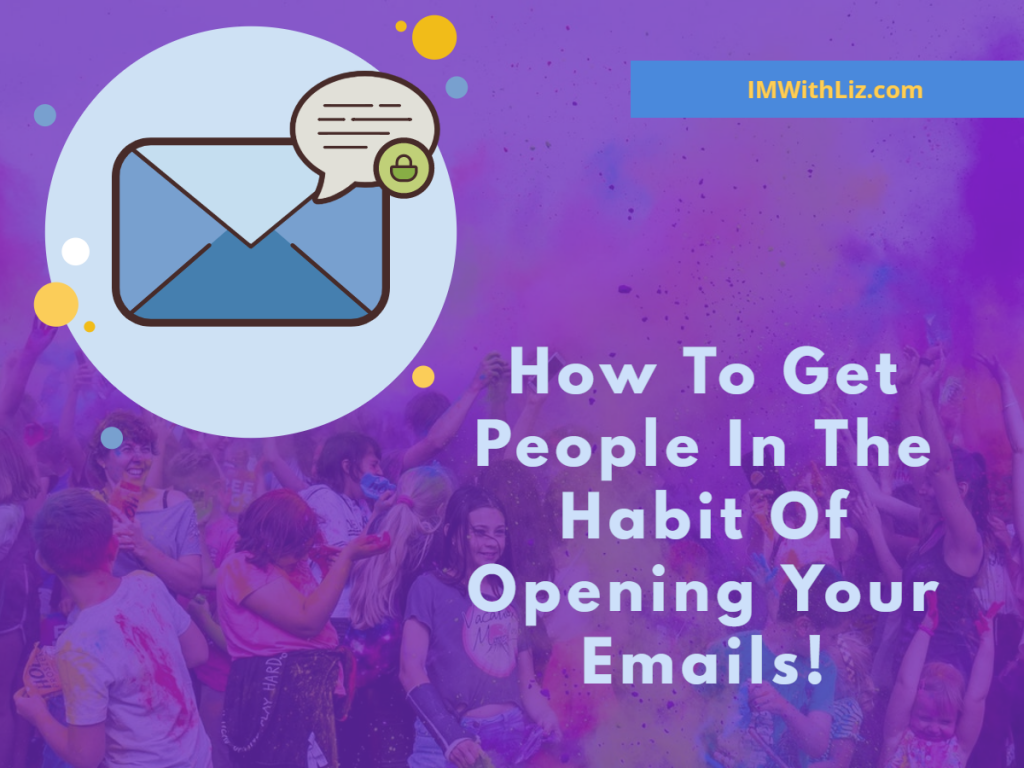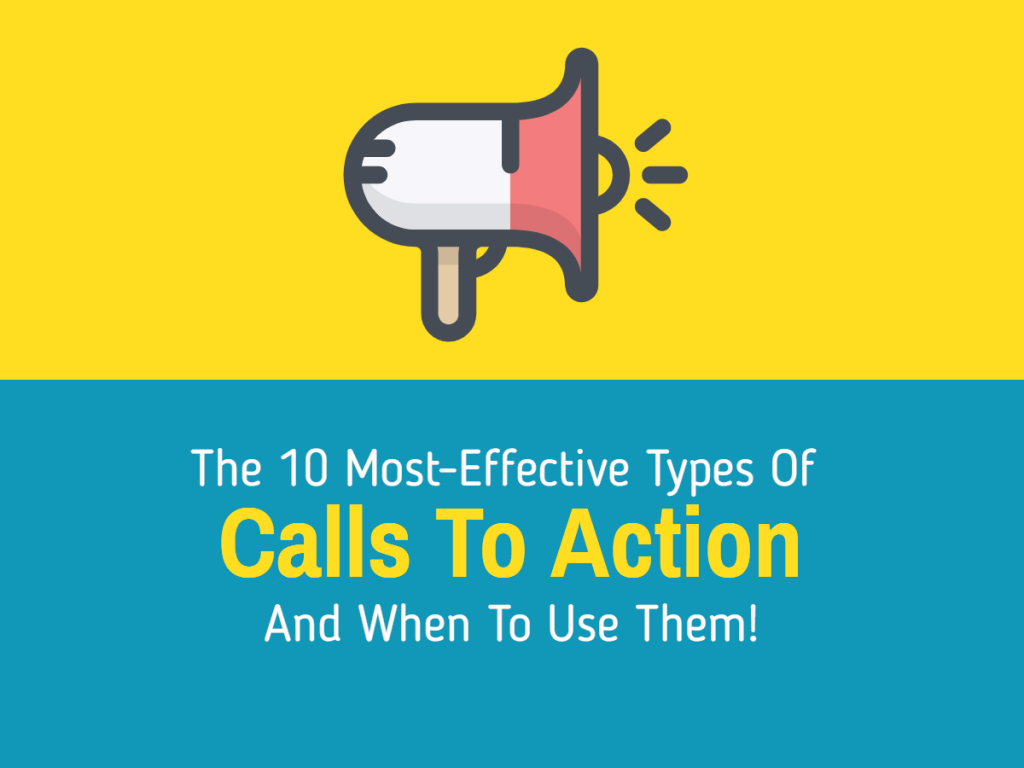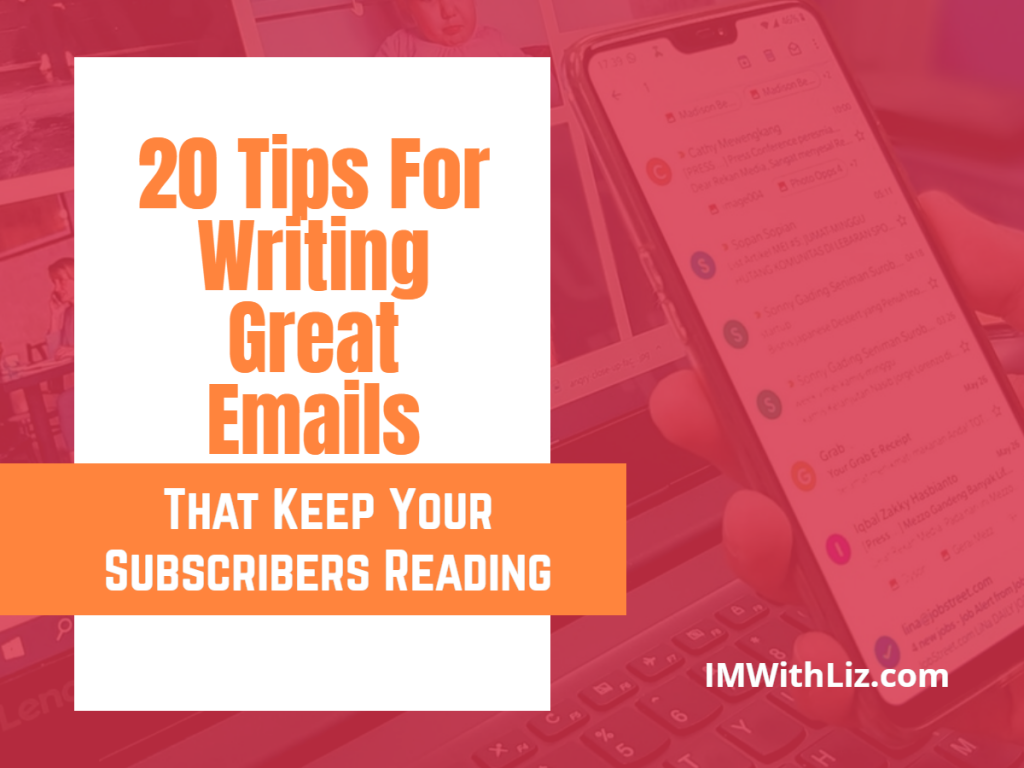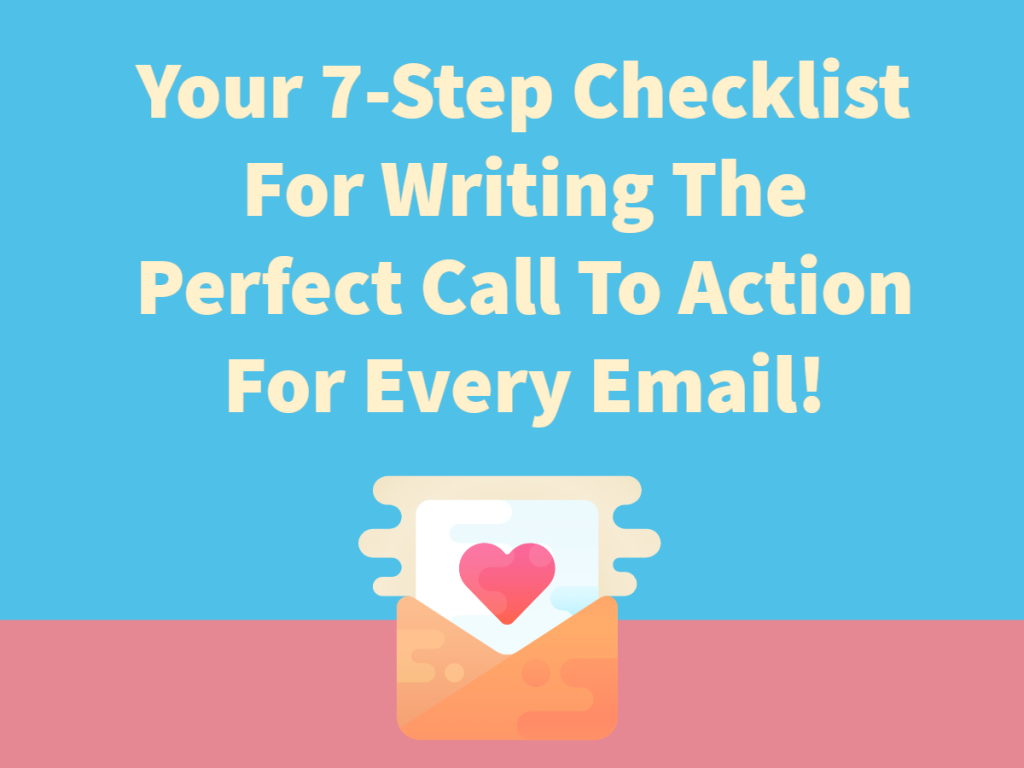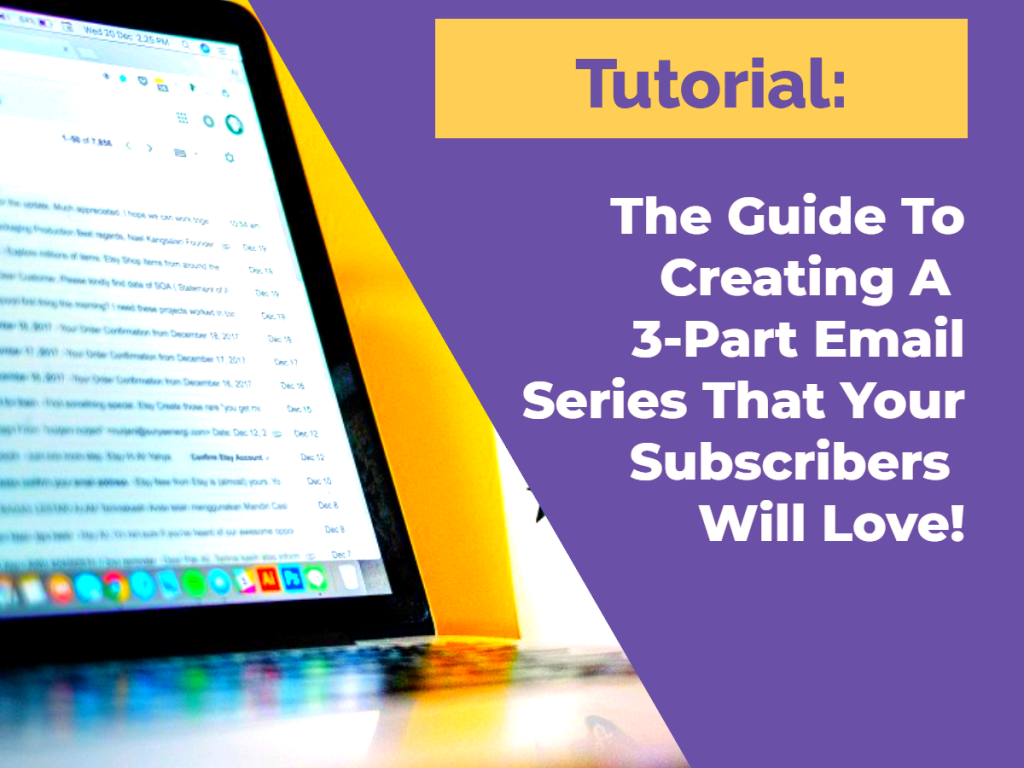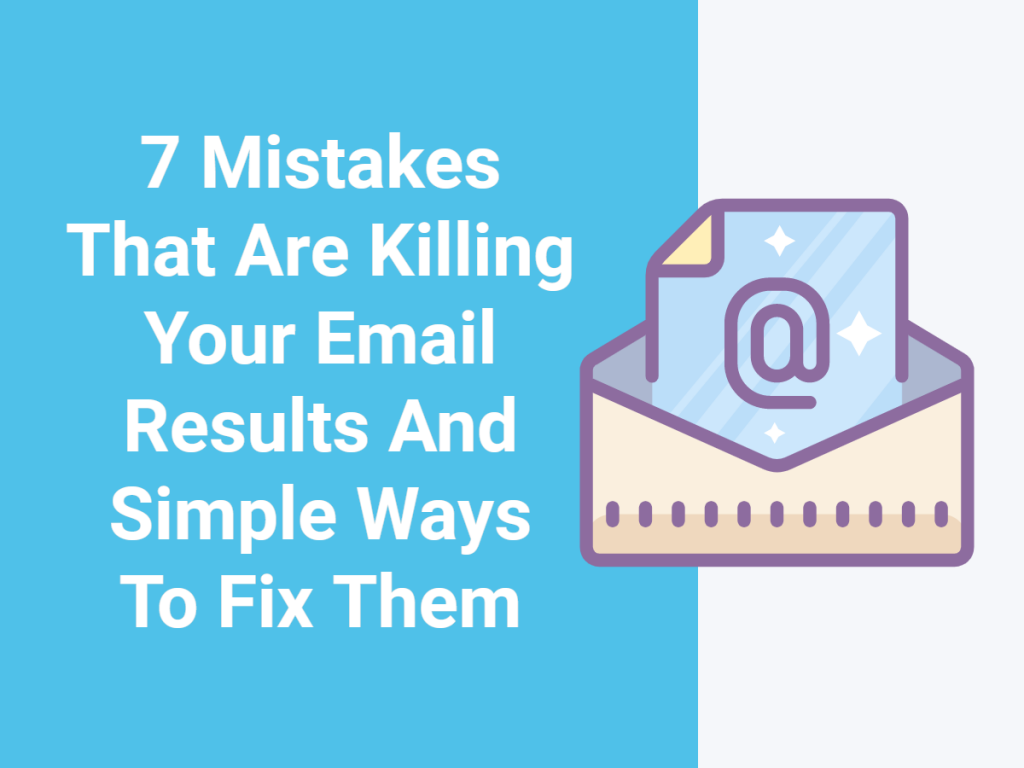 It’s a problem as old as old as email marketing itself: a poorly responding list. Sometimes marketers struggle to get clicks, they struggle to get people to open their emails, and they struggle to get readers to take definite action (such as purchasing a product).
It’s a problem as old as old as email marketing itself: a poorly responding list. Sometimes marketers struggle to get clicks, they struggle to get people to open their emails, and they struggle to get readers to take definite action (such as purchasing a product).
Why does this happen?
There are actually quite few mistakes that can kill your results. Are you making one or more of these mistakes too?
Read on to find out…
Mistake 1. Setting Incorrect Expectations
From the very moment someone lands on your lead page or even reads the very first email you send, you should be telling them what to expect with regards to your list.
Specifically, this includes:
What kind of content they can expect to receive. Promos? Special discounts and other deals? “How to” instructional content? Freemiums? Curated content? Some combination of these? Whatever it is, let your readers know upfront what they get.
How often they’ll receive content. People don’t mind getting frequent content, as long as they know to expect it. However, what is a problem is if you email infrequently, such as less than once per week. If you don’t get in touch on a regular basis, your subscribers are going to forget about you. That means they’ll do business with your competitor who reaches out to them more frequently.
Related to this…
Mistake 2. Repurposing Your List
Some email marketers don’t see much of a response from their lists, so they repurpose it. In other words, they start sending content that violates their readers’ expectations. This is a mistake that will kill your results.
For example, maybe you’ve told your list they’ll receive “content and tips” once a week. But then you start hammering them with promos once a day.
Or maybe you have a bodybuilding list that started off focusing on specific lifts, but now focuses almost exclusively on nutrition. You’re likely to see your conversions drop, because current subscribers primarily signed up to get lifting info, not nutrition info.
So how do you fix this?
Obviously, the first step is to plan your list strategy carefully so that you don’t end up repurposing it midstream.
Secondly, if you DO make a major change, then warn your readers. Let them know what’s coming for a few weeks before you make the change. Be sure to also change your lead page and welcome emails to reflect these changes.
Mistake 3. Sending Untargeted Emails
There are actually two parts to this mistake:
The first part is making the mistake of simply not understanding what your market wants.
There are three ways to fix this mistake:
Do your market research. Find out what your market is already buying, and then put similar offers in front of them.
Survey your list. Find out what their problems are and find out what kinds of solutions they’re seeking.
Test your offers. If they don’t perform, find an offer that does produce high conversions with your list.
The second part is making the mistake of not segmenting your list.
You can fix this problem with these steps:
Separate your prospect lists from your customer lists.
Separate customer lists according to what they purchase.
Offer freemiums to your prospects to help you segment by their interests.
Once you have these micro-targeted lists, you’ll be better able to send out targeted content and offers that produce high conversion rates.
Next…
Mistake 4. Crafting Poor Subject Lines
Your subject lines can make or break the success of each email you send. If they’re boring, overhyped or irrelevant, people won’t even bother to open your email.
You can fix this mistake by applying these tips:
Offer a big benefit. Let readers know what’s in it for them if they open the email. (E.G., “Here’s the #1 way to get more traffic…”)
Don’t overhype. It’s okay to make a bold promise if you can deliver big-time within the email, but don’t exaggerate and hype things up. (Here’s an example of what NOT to do: “How To Make $1 million in 48 hours!”)
Use social proof. People are more likely to do something if others are doing it too. (E.G., “Find out why so many smart marketers love this app…”)
Next…
Mistake 5. Ignoring the Pre-Head
The pre-head is that little bit of text that is shown in the message preview, which is accessible before the recipient actually opens the email. If the subject line gets their attention, then they’ll often look at the preview. If the preview doesn’t hold their attention, they’re not going to bother opening the email to read the rest.
Point is, you need to make the first 100 characters of your email absolutely gripping. Tell a story. Present a big benefit. Build anticipation for what’s coming. Make people curious. In short, give people a compelling reason to open your email.
Mistake 6. Making The Email About You
One of the best ways to lose your readers’ attention is to make the email about you. It’s one thing to tell a relevant story about yourself, but it’s another thing entirely to make the entire email about you. When that happens, readers bail out. You can bet they won’t see your calls to action.
So how do you avoid or fix this mistake?
There’s actually a simple “quick and easy” way to ensure you’re making your email about your readers and not yourself. Simply take a look at how many times you use words like “you” versus how many times you use words like “I” or “me.”
HINT: You should use the word “you” MUCH more frequently than words like “I” or “me.” You should be using the word “you” about three times more often than self-referential words.
And finally…
Mistake 7. Offering a Weak Call to Action
Your subscribers can be hooked and engaged throughout your entire email, but you can still blow it at the end by offering a weak call to action (or, worse yet, NO call to action).
You see, people don’t click on a button or link just because it’s right in front of their face.
You need to do two things:
#1: tell them specifically to click on that link.
#2: give them a good reason to click now.
For example: “Click here now to take advantage of this special 50% off pricing – but hurry, this offer ends tomorrow!”
Okay so those are the basic mistakes… I'm sure there are a ton more. 😉
Did you discover that you’re making one or more of the mistakes you just learned about? The good news is that you also learned how to fix these mistakes or avoid them altogether. You can even use this as a checklist of mistakes to avoid the next time you send out an email. Here’s to better conversion rates!
Need email marketing help? The Email Marketing Kickstart Workshop is ready for you to enroll! If you want to learn how to use email marketing in your online business, get people to open your emails, click your links, and buy then you NEED to grab your spot right now at http://www.LearningIM.com/email-marketing-kickstart-workshop
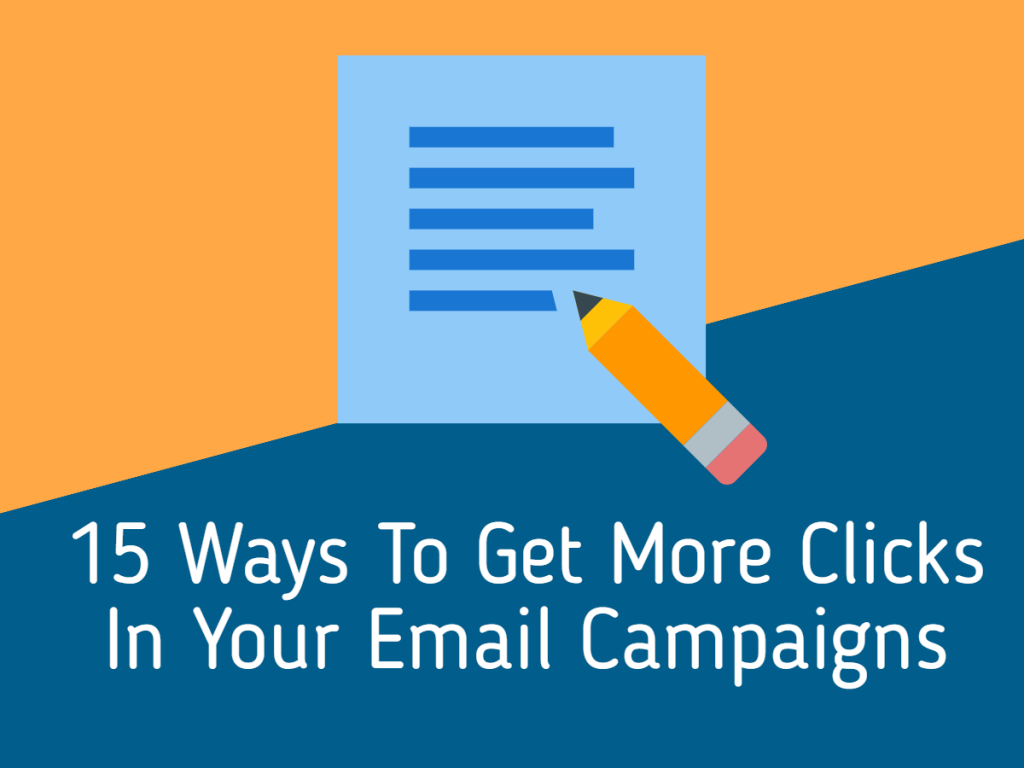 I have a question for you… Humor me for a minute. 🙂
I have a question for you… Humor me for a minute. 🙂 